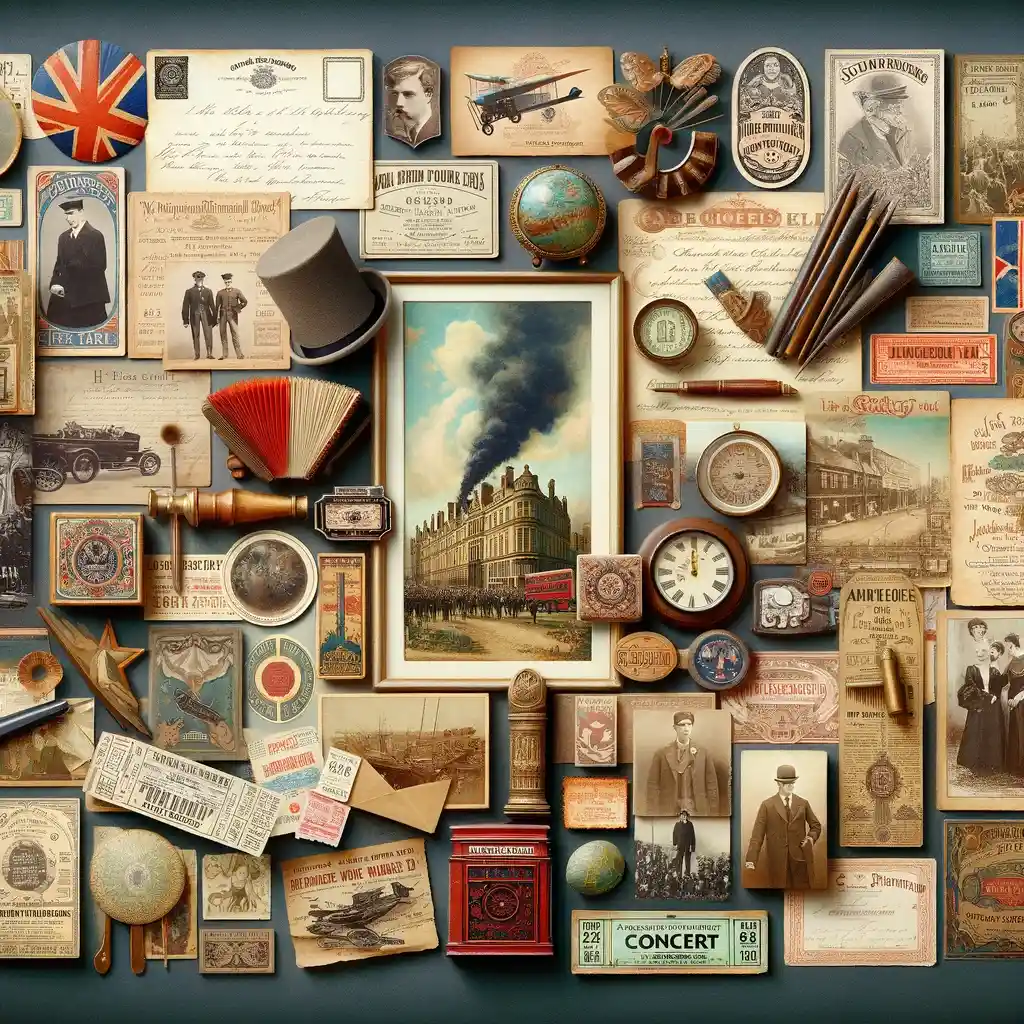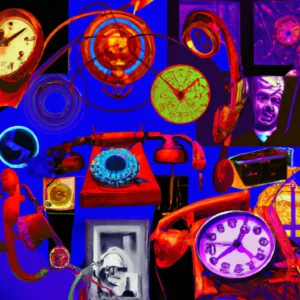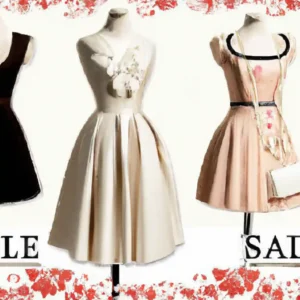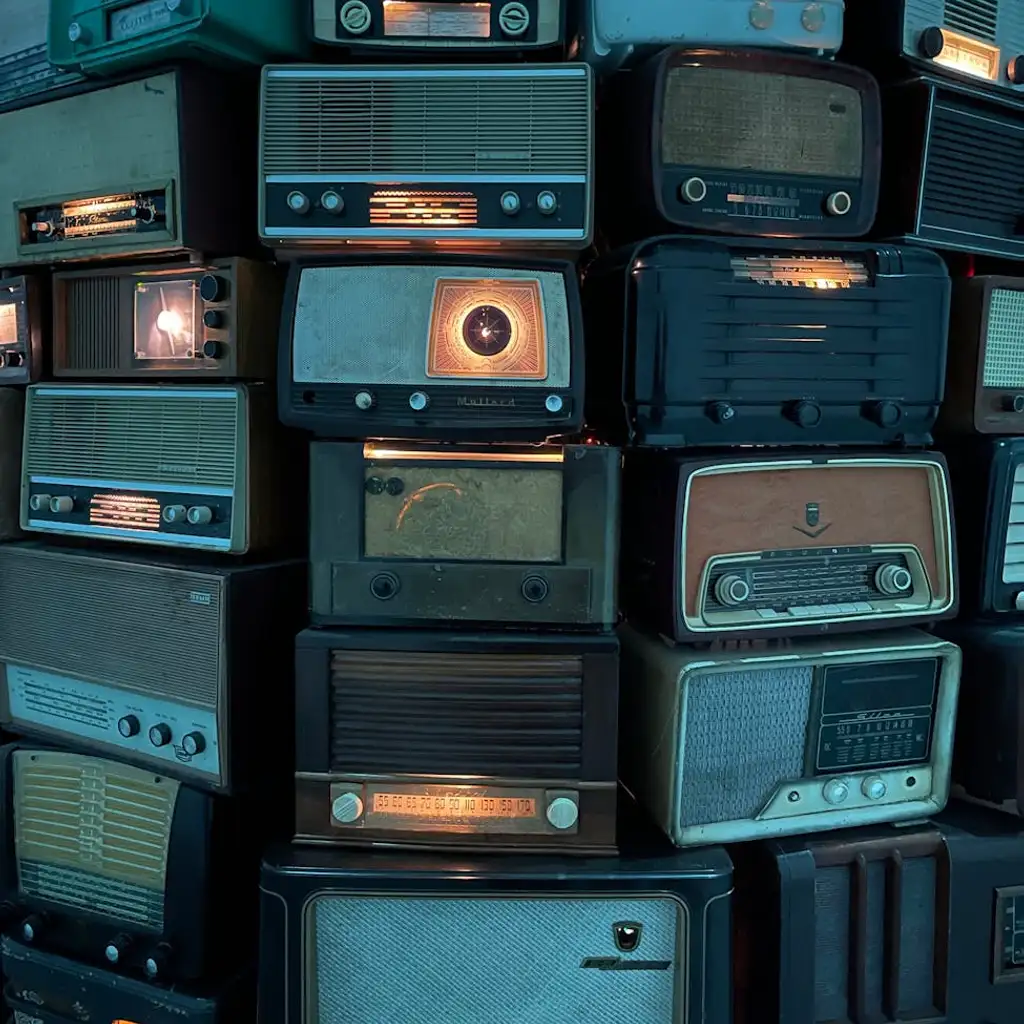What is Ephemera?
Ephemera refers to items that were originally intended to be of use or importance only for a short time but have since become valuable to collectors. These items often include paper-based artifacts like postcards, tickets, brochures, old letters, and advertising materials. The word “ephemera” comes from the Greek, meaning things that are short-lived, and in the collecting world, it symbolizes the transient nature of everyday items.
Who are Ephemera Collectors?
Ephemera collectors are individuals who find value and significance in preserving the fleeting moments of history captured in these transient items. They come from various backgrounds and collect for different reasons. Some are historians or researchers, keen to preserve the past, while others are artists or designers, attracted to the aesthetic and cultural value of ephemera. There are also those who collect purely for the joy of finding rare or unusual items that speak to a specific interest or passion.
Best Known Facts about Ephemera Collecting
- Historical Insight: Ephemera provide a unique window into the past, offering insights into daily life, cultural trends, and historical events. They are often more personal and immediate than traditional historical artifacts.
- Diversity of Items: The range of ephemera is vast and varied, from concert tickets to wartime propaganda leaflets. This diversity means there is something to suit almost any interest or area of historical significance.
- Artistic Value: Many ephemera items are highly valued for their artistic merit. Vintage advertising, for example, is often sought after for its unique design and aesthetic appeal.
- Accessibility: Ephemera collecting is relatively accessible compared to other forms of collecting. Many items are still affordable, and new collectors can start with modest, easily found items.
- Community and Networking: Collectors often form communities, both online and in-person, to share, trade, and discuss their finds. This networking is a significant aspect of the hobby, leading to increased knowledge and sometimes rare discoveries.
- Preservation Challenges: Since many ephemera were not made to last, preserving them can be challenging. Collectors often become adept at conservation techniques to protect their items from deterioration.
- Rise in Popularity: The digital age has seen a resurgence in interest in physical ephemera, as people seek a tangible connection to the past in an increasingly virtual world.
- Investment Potential: While many collect for personal reasons, certain ephemera items can prove to be wise investments, appreciating in value over time, especially if they are rare or in excellent condition.
- Educational Tool: Ephemera are often used in educational settings, as they can provide a tangible link to historical events and social changes.
- Cultural Significance: Ephemera often reflect the culture and social norms of the time they were produced, making them valuable tools for understanding societal changes and attitudes.
The Role of Technology in Ephemera
With the advent of digital technology, the way we perceive and collect ephemera has evolved. Digital archiving and online marketplaces have made it easier for collectors to find, preserve, and share their ephemera. High-quality scans and photographs allow for the digital preservation of these items, ensuring their longevity and accessibility for future generations.
Specialized Collecting
Ephemera collecting can be highly specialized. Some collectors focus on specific time periods, like the Victorian era or the 1960s, while others might concentrate on particular themes, such as World War II, cinema, or railroad history. This specialization often leads collectors to develop a deep understanding and expertise in their chosen niche.
The Impact of Ephemera on Contemporary Culture
Ephemera have influenced contemporary culture, particularly in fields like graphic design and advertising. The aesthetics of vintage ephemera often inspire modern designs, and the appeal of nostalgia has led to the repurposing of these styles in contemporary media.
Social and Political Significance
Ephemera can also have significant social and political value. Political campaign materials, social movement flyers, and protest art captured in ephemera form a record of political and social attitudes and movements. This makes them not only collectibles but also important historical documents.
The Challenge of Authenticity
One challenge in ephemera collecting is ensuring the authenticity of items. As the value of certain ephemera rises, so does the risk of forgeries or reproductions. Experienced collectors often develop an eye for details that confirm authenticity, such as paper quality, printing techniques, and wear patterns consistent with the item’s age.
Ephemera in Art
Artists frequently use ephemera in their work, either as inspiration or as materials for collage and mixed media art. This artistic repurposing gives new life and context to these items, often creating a dialogue between the past and present.
The Environmental Aspect
Collecting ephemera can also be seen as an environmentally friendly practice. By valuing and preserving what would otherwise be discarded, collectors are participating in a form of recycling, giving new value and purpose to old materials.
The Role of Ephemera in Storytelling
Ephemera often tell stories, whether personal, local, or global. A postcard from a century ago, a concert ticket, or a vintage advertisement can tell much about the people who made, sent, and received them. These stories add a human dimension to historical events and everyday life in the past.
The Future of Ephemera Collecting
As we move further into the digital age, the nature of ephemera is changing. Digital ephemera, such as emails or digital photographs, pose new challenges and opportunities for collectors. The question of how to preserve and value these digital items is an emerging area of interest in the field.
In summary, ephemera collecting is a multifaceted hobby with cultural, historical, artistic, and even environmental implications. These transient pieces of history offer a unique perspective on the past, making them invaluable to collectors, historians, artists, and educators alike. As we continue to navigate the digital age, the way we collect, preserve, and value ephemera will undoubtedly evolve, continuing to captivate those who are drawn to these fascinating snapshots of life.






